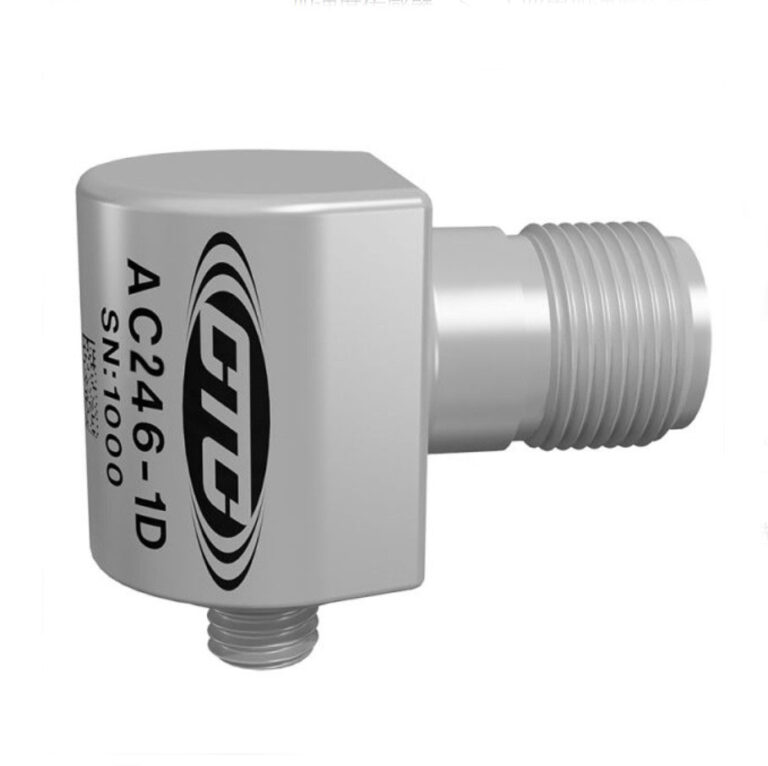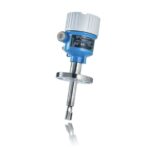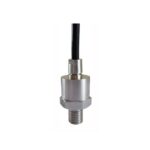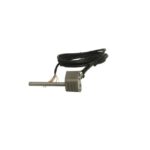CTC Industrial Accelerometers are precision sensors designed to measure vibration, shock, and acceleration in demanding industrial environments. They are widely used for condition monitoring, predictive maintenance, and structural health analysis across industries such as manufacturing, aerospace, energy, and automotive. Below is an overview of their key features, applications, and benefits.
Key Features
High Sensitivity & Accuracy
Measure subtle vibrations (e.g., 0.1 Hz to 10 kHz frequency range) with minimal noise.
Typical sensitivity: 10–100 mV/g (varies by model).
Robust Design
Constructed with stainless steel or titanium housings for durability.
IP67/IP68 ingress protection for resistance to dust, moisture, and harsh chemicals.
Wide Dynamic Range
Capable of measuring low-frequency vibrations (e.g., structural resonance) and high-g shocks (up to 10,000 g).
Output Options
Analog output (4–20 mA, ±5 V) or digital interfaces (IEPE, CAN bus, or Modbus).
Temperature Stability
Operate reliably in extreme temperatures (-50°C to +125°C).
Mounting Flexibility
Threaded, adhesive, or magnetic mounting options for easy installation.
Applications
Condition Monitoring
Detect early signs of machinery failure (e.g., bearings, gears, motors).
Used in turbines, pumps, compressors, and rotating equipment.
Structural Health Monitoring (SHM)
Assess vibrations in bridges, wind turbines, and buildings.
Aerospace & Automotive Testing
Measure vibration during engine testing, component fatigue analysis, and crash testing.
Energy Sector
Monitor vibrations in oil/gas pipelines, wind turbine blades, and nuclear facilities.
Heavy Machinery
Track vibration in mining equipment, cranes, and construction machinery.
Advantages
Predictive Maintenance: Reduce downtime by identifying issues before catastrophic failures.
Compliance: Meet ISO 10816 (vibration severity standards) and other industry regulations.
Integration: Compatible with PLCs, SCADA systems, and IoT platforms for real-time data analysis.
Long Lifespan: Hermetically sealed designs ensure longevity in harsh environments.
Common Models
While specific models depend on requirements, popular CTC accelerometers include:
CTC AC102: IEPE-type accelerometer for general-purpose industrial use.
CTC AC205: High-temperature variant for aerospace/energy applications.
CTC AC303: Triaxial accelerometer for 3D vibration analysis.
Installation & Calibration
Ensure proper mounting (e.g., stud-mounted for high-frequency measurements).
Calibrate periodically using reference standards (e.g., ISO 16063 compliant systems).
Pair with signal conditioners or data acquisition systems (e.g., NI DAQ, Siemens SCADAS).
Considerations
Frequency Range: Match the sensor’s bandwidth to the target vibration characteristics.
Environmental Factors: Select models with corrosion resistance for marine/offshore use.
Cable Length: Use low-noise cables for long-distance signal transmission.
CTC accelerometers are trusted for their reliability and precision, making them a cornerstone of modern industrial vibration analysis. For detailed specifications, consult the manufacturer’s datasheets or contact CTC technical support.





